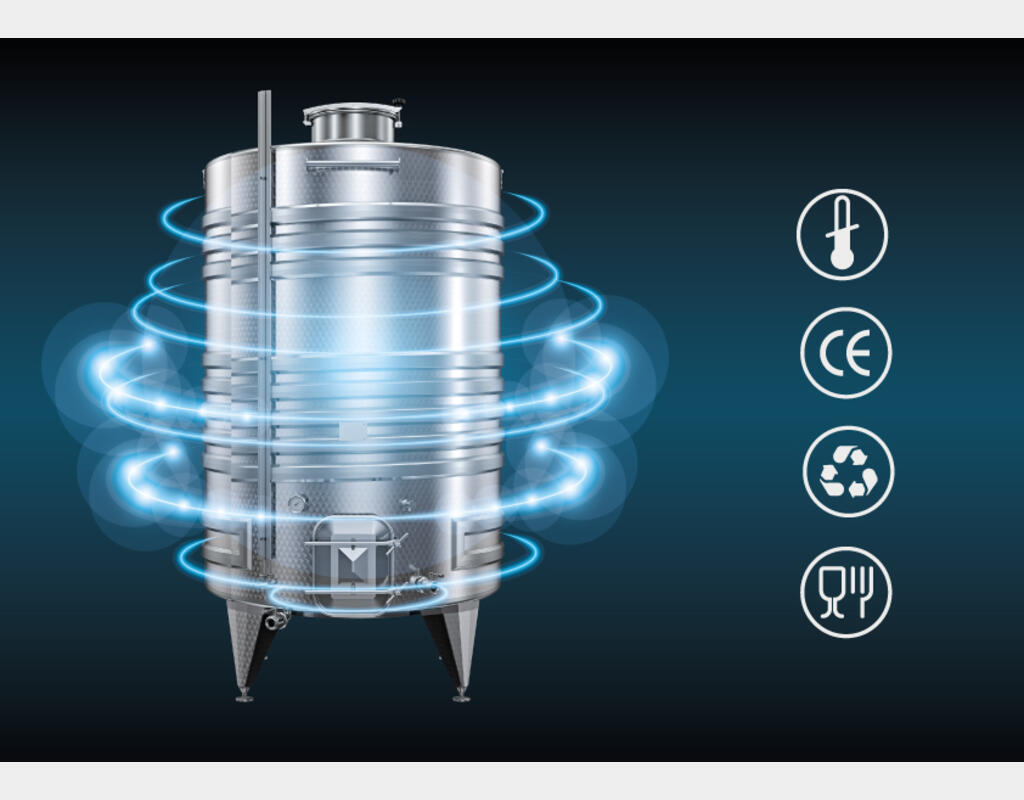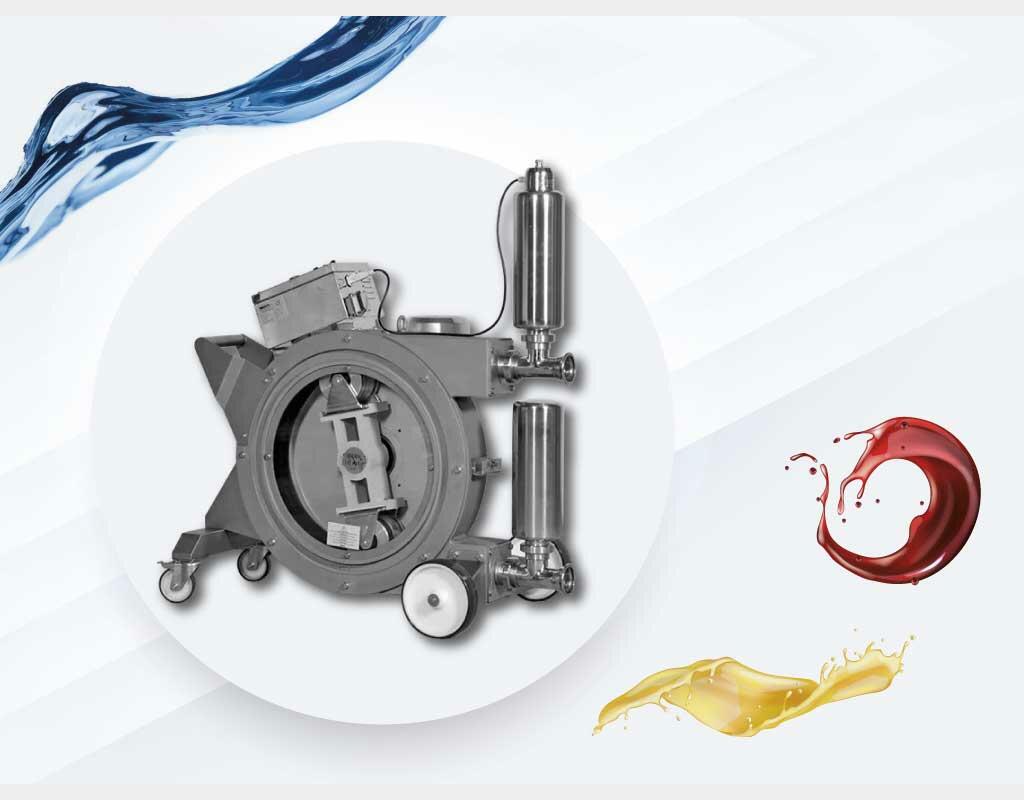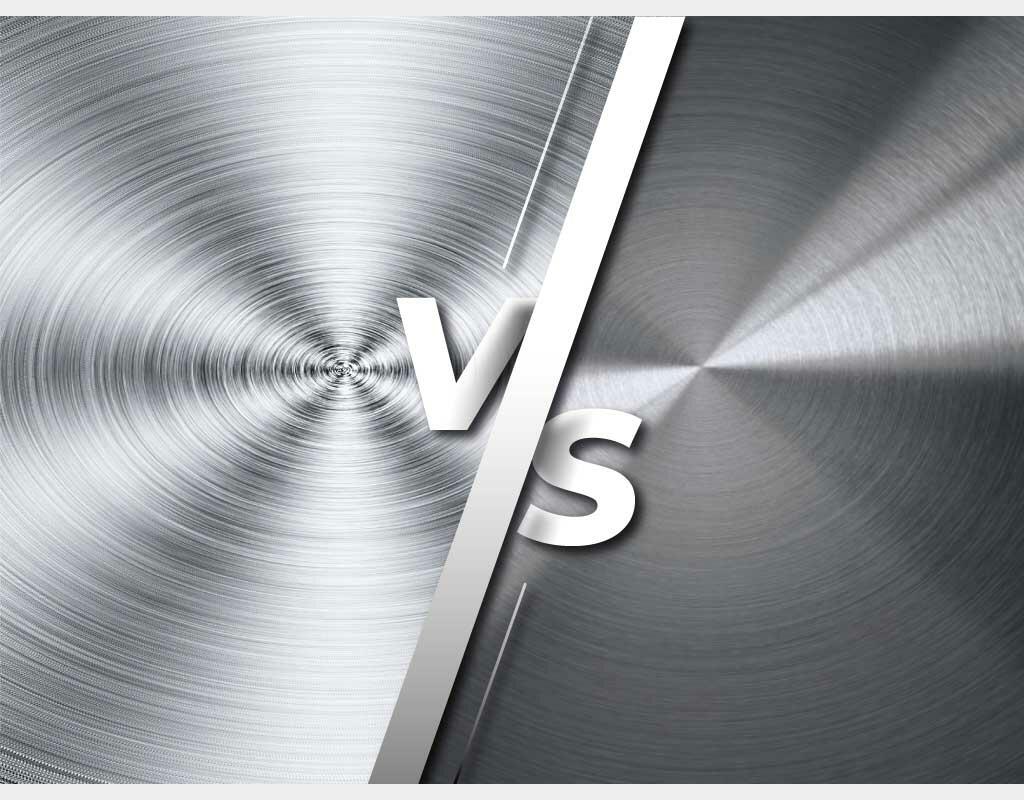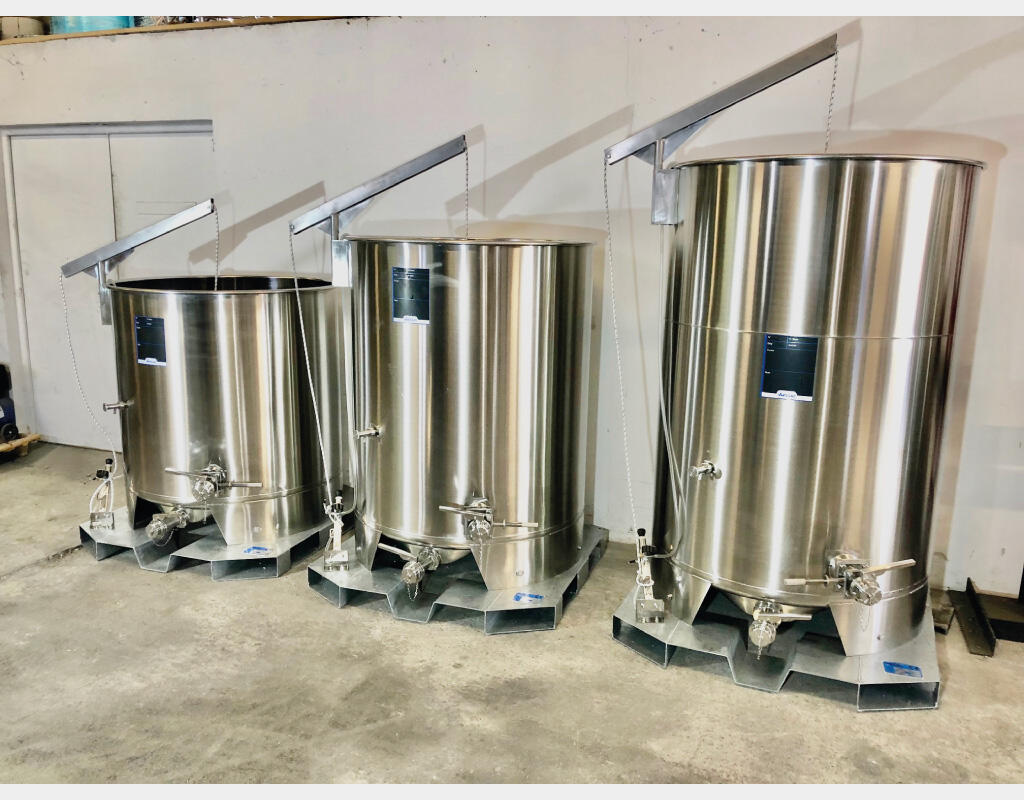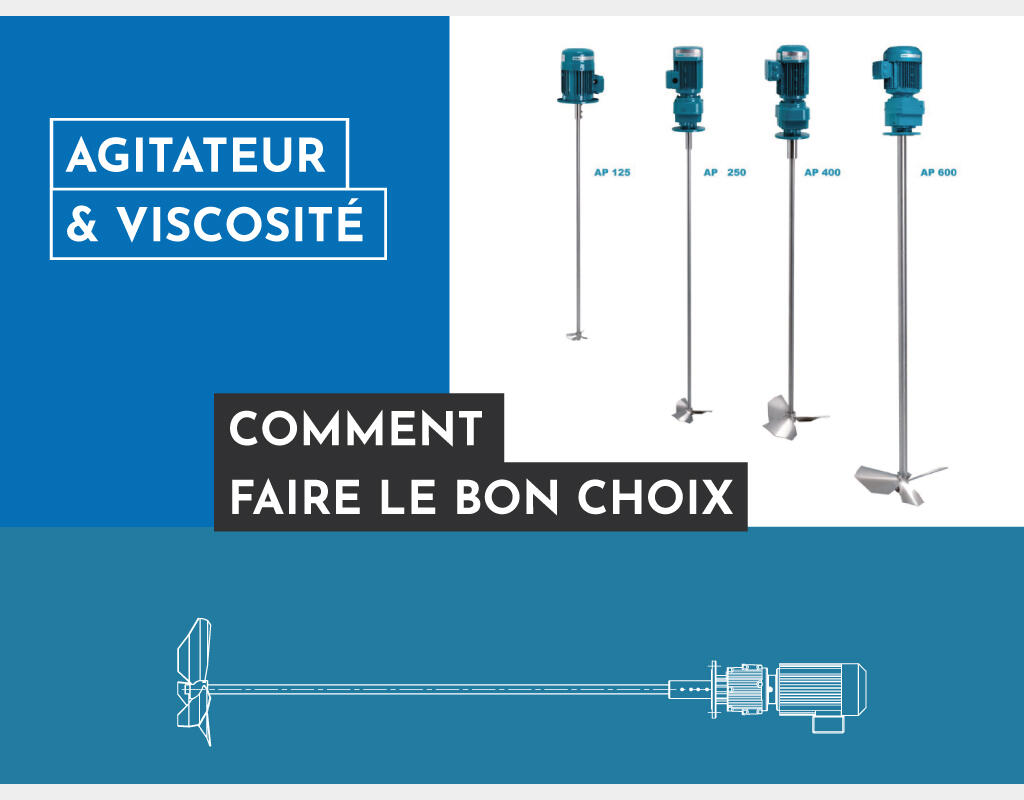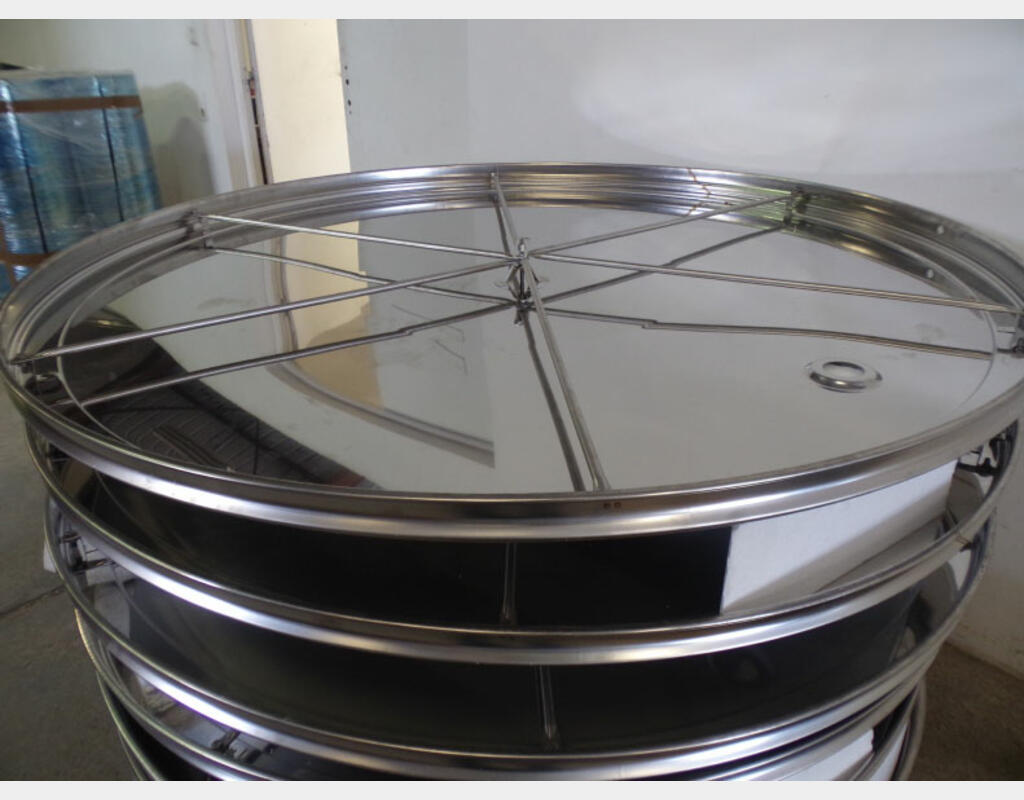How do you bottle wine?
Wine bottling : an important stage in wine production.
Wine bottling is a complex operation that requires special attention and appropriate equipment. It is essential to understand the different stages involved in this process in order to guarantee the quality and preservation of the wine.
This is a crucial stage in the wine production process. It is at this stage that the wine is bottled, ready to be marketed and enjoyed by wine lovers around the world. In this article, we'll explore the wine bottling process in detail, from choosing the right bottles to labelling and final packaging.
Understanding the wine bottling process
Wine bottling has multiple functions. It not only preserves the taste and aroma of the wine, but also allows it to be stored, transported and aged. Correctly bottled wine ensures that it reaches consumers in the state in which it was conceived, ready to be enjoyed. What's more, bottling is often the final step in the winemaking adventure, marking the culmination of hard work and dedication.
Before delving into the details of wine bottling, it's important to understand the general stages of the process. Bottling includes steps such as bottle selection, equipment preparation, bottle filling, corking or capping, labelling and final packaging.
Choosing the right bottles for your wine
The choice of bottles is crucial to ensuring the quality of the wine. Different types of bottle are available on the market, each adapted to specific types of wine. It is important to select quality bottles that will protect the wine from oxidation and maintain its freshness.
Types of wine bottle
There are a variety of types of wine bottle, including Bordeaux, Burgundy and Champagne. Each type of bottle has its own characteristics and is suited to particular styles of wine.
Bottle size considerations
As well as the type of bottle, the size of the bottle is also an important factor to consider. Common sizes include 750ml bottles, magnums and larger formats. Each bottle size has its advantages and is suitable for different occasions.
The equipment needed to bottle wine
Wine bottling requires the use of a certain amount of specialised equipment. A clear understanding of the equipment required and how it works is essential to the success of the bottling process.
List of bottling equipment
Equipment commonly used in wine bottling includes fillers, corkers, labellers, cappers and cleaning and rinsing systems. Each piece of equipment plays an essential role in the bottling process.
→ Discover bottling equipment available in stock
Equipment maintenance and calibration
It is important to ensure that the equipment used for bottling wine is regularly maintained and calibrated. This will ensure optimum performance and consistent quality of the final product.
Cleaning cylinders and equipment
Before starting the bottling process, it is crucial to ensure that the bottles and equipment are perfectly clean and disinfected. This prevents any bacterial contamination that could affect the quality and stability of the wine.
Cleaning and sterilisation agents
Various cleaning and sterilising agents are available to ensure clean bottles and equipment. It is recommended to use products specifically designed for use in the wine industry.
Cleaning procedures
Appropriate cleaning procedures should be followed to remove residues and contaminants from bottles and equipment. This includes rinsing with hot water, using appropriate detergents and cleaning solutions, and drying thoroughly. Disinfection is essential in winemaking, as it ensures that the wine remains free from harmful bacteria and contaminants.
Filling bottles with wine
Filling bottles with wine is a delicate process. It is important to handle the wine with care to avoid oxidation or contamination during the filling process.
Wine transfer methods
There are several methods of transferring wine into bottles, including gravity filling, vacuum filling and counter-pressure filling. Each method has its advantages and is suitable for different types of wine.
Oxygen exposure and wine quality
During filling, it is essential to minimise the wine's exposure to oxygen. Oxygen can alter the organoleptic characteristics of the wine and reduce its shelf life.
Capping bottles
Once the bottles have been filled with wine, they need to be properly corked or capped to ensure that they are watertight and preserve the wine. The choice between traditional stoppering with corks or capping with metal capsules depends on the type of wine and its expected shelf life.
Cork closure considerations
The use of cork stoppers is common for wines intended for prolonged ageing. Cork offers controlled oxygen permeability, allowing the wine to develop harmoniously over time.
Capsule closure considerations
Metal capsules are often used for wines that will be consumed young. They offer effective protection against leaks and can also be customised to reflect the brand and image of the producer.
Labelling and packaging the bottles
Once the bottles have been filled and corked, it's time to label and package them. Appropriate and attractive labelling plays a crucial role in the marketing of wine, while packaging ensures that the bottles reach consumers in good condition.
Label design and compliance
Labels must comply with the regulations in force and contain essential information such as the name of the wine, the vintage, the producer, the region of origin, the alcoholic strength, etc. They can also include unique design elements to attract consumer attention.
Packaging materials and protection
The choice of packaging materials is important to ensure that bottles are protected during transport and storage. Commonly used materials include cardboard, expanded polystyrene and wood.
Storage and ageing of bottled wine
Once the bottles have been labelled and packaged, they must be stored correctly to allow the wine to develop and age. Storage in optimum conditions is essential to maintain the quality and organoleptic characteristics of the wine over time.
Cellar conditions
Cellars provide an ideal environment for storing and ageing wine, with stable temperatures, appropriate humidity and an absence of vibration. However, it is also possible to store wine in special wine cabinets or refrigerators.
Considerations for ageing wine
Not all wines are intended for prolonged ageing. It is important to know the characteristics of the wine and to understand how long it can be kept before reaching its peak.
Tips for successful wine bottling
Here are some useful tips to ensure a successful bottling process :
- Follow good hygiene and cleaning practices.
- Make sure you have the right, well-maintained equipment.
- Handle wine with care during filling.
- Choose the right bottles, corks and capsules for the type of wine.
- Label bottles clearly and attractively.
- Store bottles in optimum conditions to guarantee their quality.
Common mistakes to avoid
When bottling wine, it is important to avoid certain common mistakes that could compromise the quality of the final product. These include using poorly maintained equipment, mishandling the wine during filling, mislabelling bottles and improper storage.
The importance of quality control
The quality of bottled wine is essential to satisfy consumer expectations and maintain the producer's reputation. Implementing rigorous quality control procedures throughout the bottling process is crucial to ensuring the consistency and conformity of the final product.
Frequently asked questions
- How can I tell if a bottle of wine has been properly corked ?
A well-stoppered bottle of wine will have a cork in good condition, tight-fitting and without R signs of leakage. - How long can I keep an unopened bottle of wine ?
The length of time you can keep a bottle of wine depends on the type of wine. Some wines can be kept for decades, while others are intended for quicker consumption. - Should bottles of homemade wine be labelled ?
Yes, it is recommended that bottles of homemade wine be labelled with at least the essential information such as the name of the wine, the vintage and the producer. - Can I reuse wine bottles to bottle my own wine ?
Yes, you can reuse wine bottles after carefully cleaning and sterilising them. - What precautions should be taken when storing bottled wine ?
Bottled wine should be stored in a cool, dark, vibration-free place with adequate humidity to prevent any damage or deterioration.
Wine bottling is a crucial stage in the wine production process. By understanding the steps involved, choosing the right equipment and following good practice, wine producers can guarantee the quality and preservation of their products. Bottling your own wine is a rewarding experience that allows you to control every aspect of the process, from bottle selection to final labelling. So go ahead and enjoy the pleasure of tasting a wine you've bottled yourself.
Any technical questions about bottling equipment?
Please contact us if you have any questions or would like more information about our bottling equipment. We'll be delighted to help you find the equipment solution that best suits your needs.

